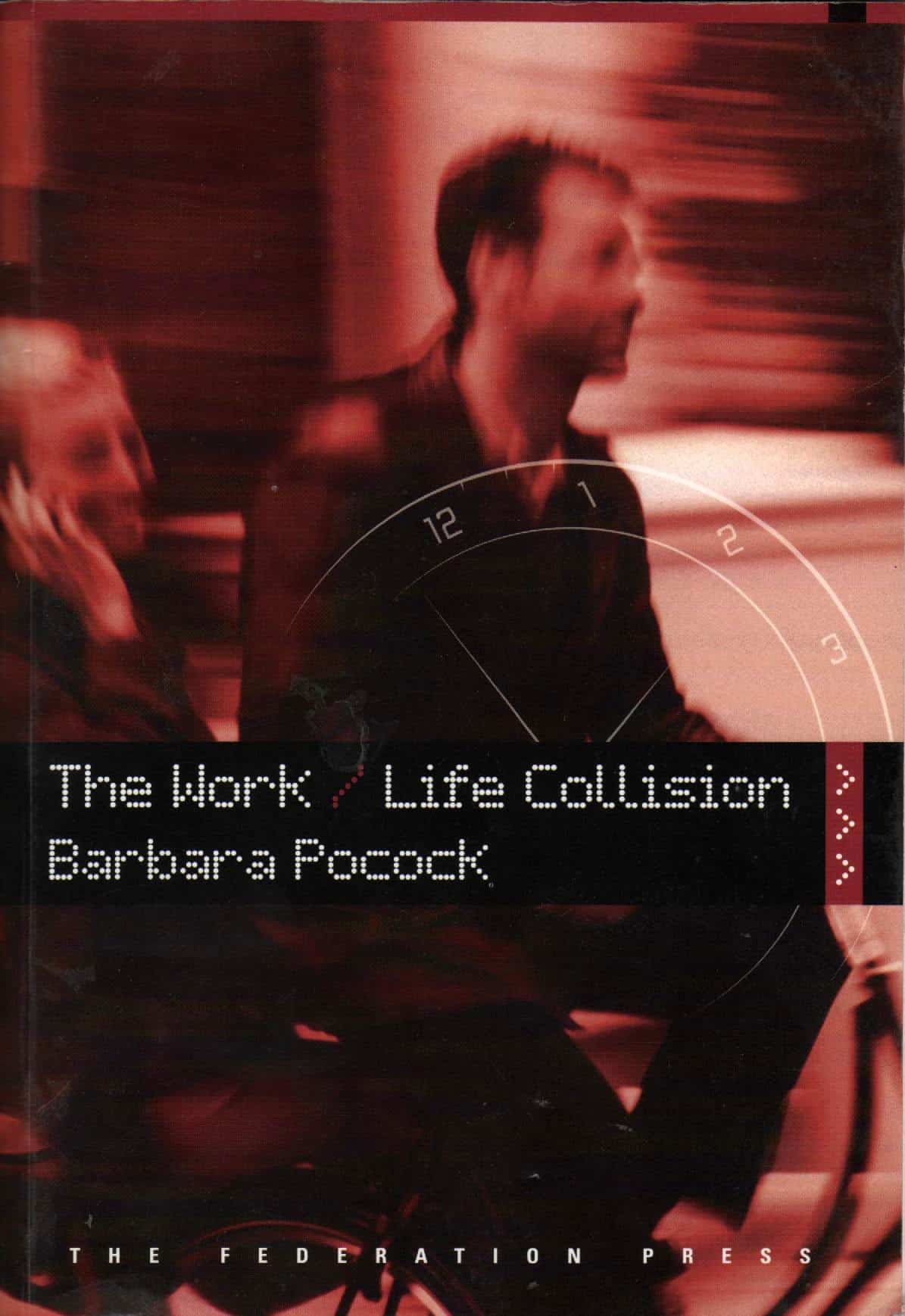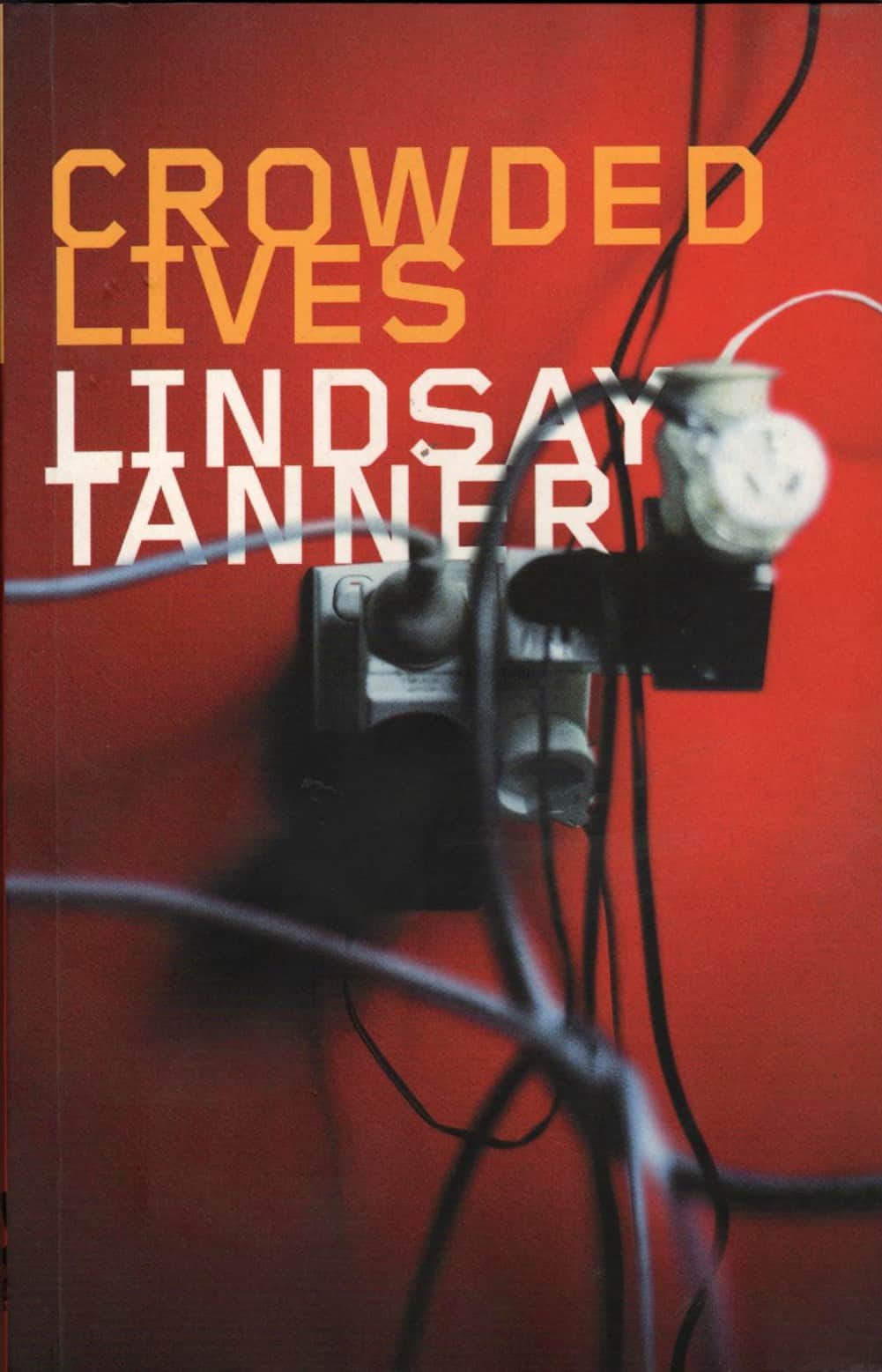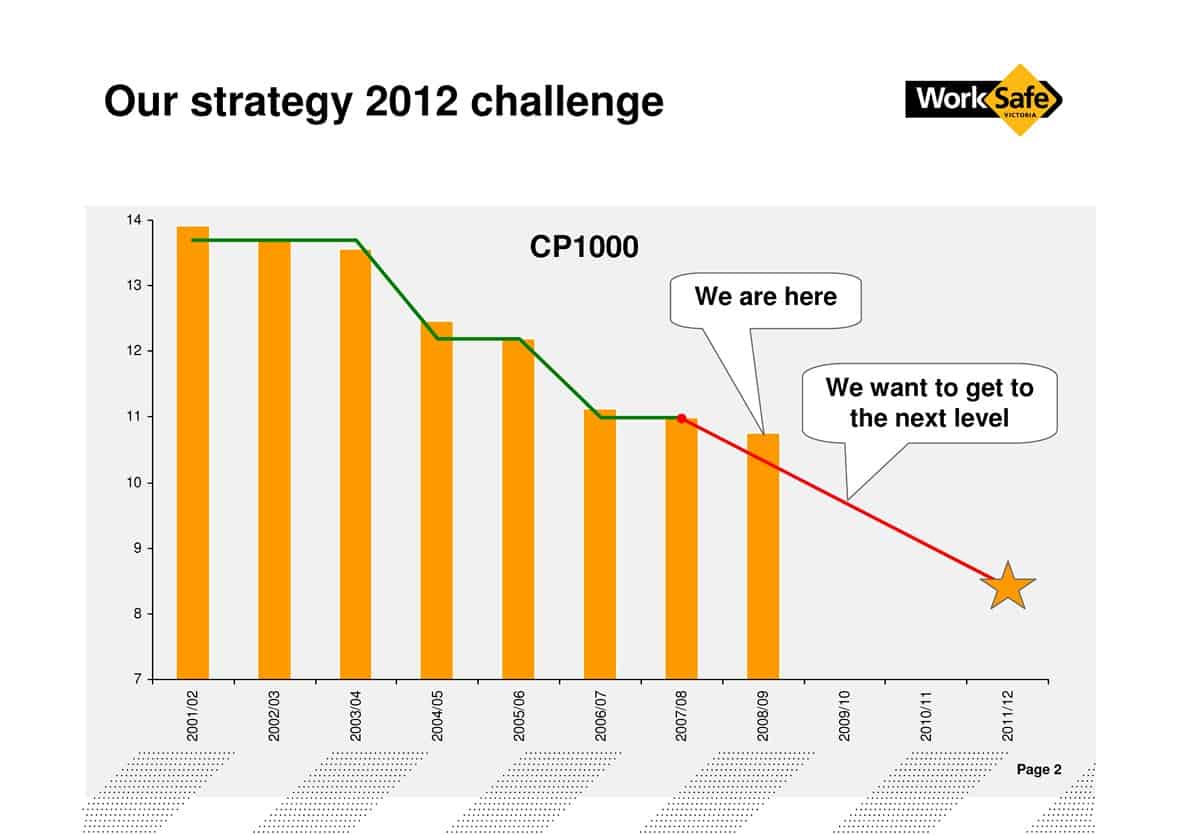For some years now, laser pointers have been misused in a range of activities, from the football field and to cinemas but, most significantly and in an OHS context, towards the pilots of aircraft. (A good summary of the significance of the hazard can be found at Wikipedia)
One example of government response to the hazard can be seen from a media release of the Queensland government in 2008.
The latest incidence of laser pointers and pilots comes from Greece only last week. According to a report in Kathimerini:
“Two boys aged 13 and 14 were arrested on Saturday [15 August 2009] on Rhodes for forcing a pilot to abandon a landing at the Dodecanese island’s Diagoras Airport because they aimed a laser pointer at the airplane’s cockpit. The pilot of the flight from Alexandroupoli was forced to land on his second attempt.”
More details of the event are, of course, included in the news report. The most curious piece of information is that police have also arrested the boys’ parents.

 Work/life balance in Australia is skewed towards those workers who have young families or a role as a carer. This is due to work/life balance evolving from the feminist and social concepts of the 1970s and in response to the increased number of
Work/life balance in Australia is skewed towards those workers who have young families or a role as a carer. This is due to work/life balance evolving from the feminist and social concepts of the 1970s and in response to the increased number of 




